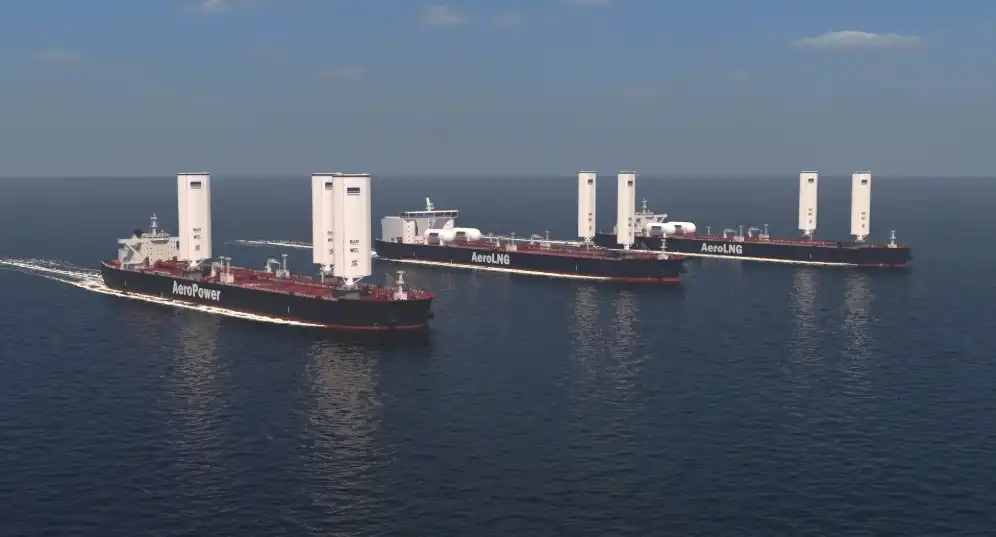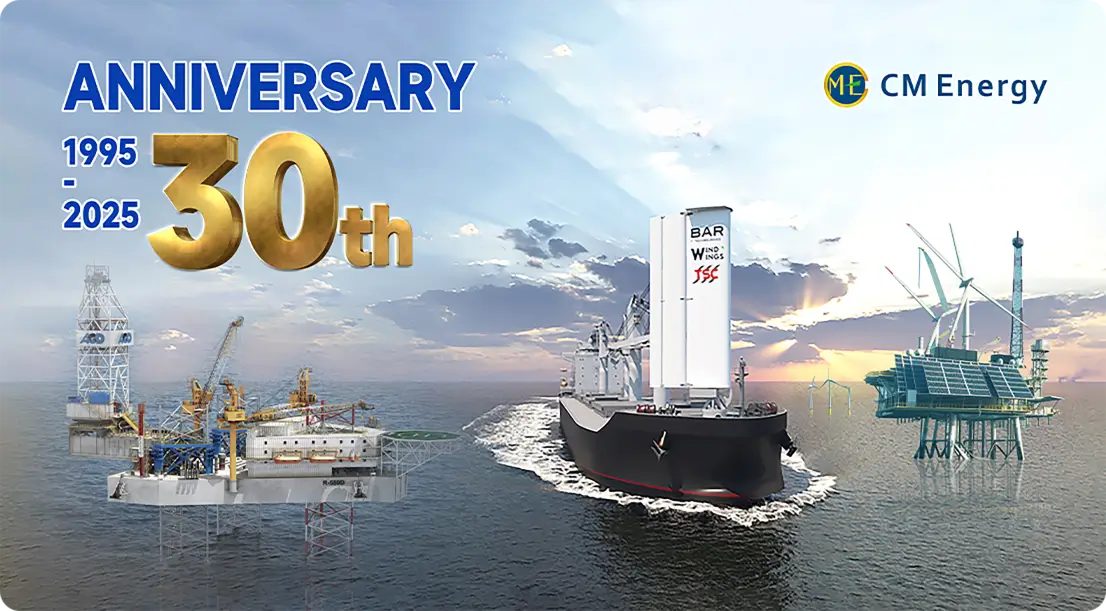Real-time alignment: Maximizing wind power utilization
Real-time alignment is the cornerstone of efficient WAPS operation. It ensures that the system can extract the maximum possible energy from the wind at any given moment. This continuous optimization process involves several key components working in harmony:
Advanced sensor technology
State-of-the-art sensors constantly monitor wind speed, direction, and other environmental factors. These sensors provide a continuous stream of data that forms the basis for real-time adjustments.
Sophisticated algorithms
Complex algorithms process the sensor data and calculate the optimal sail or wing configuration. These algorithms take into account factors such as the vessel's speed, heading, and the current wind conditions to determine the ideal alignment.
Rapid adjustment mechanisms
Once the optimal configuration is determined, advanced mechanical systems swiftly adjust the sails or wings. This rapid response ensures that the WAPS is always in the best possible position to capture wind energy.
The synergy of these components allows WAPS to maintain peak performance across a wide range of sailing conditions. By constantly fine-tuning the alignment, the system can adapt to subtle changes in wind patterns, ensuring consistent energy generation throughout the voyage.
Smart sensors in WAPS alignment systems
Smart sensors are the eyes and ears of WAPS alignment systems, providing critical data that drives real-time adjustments. These sophisticated devices play a vital role in enhancing the efficiency and reliability of Wind Power Propulsion:
Multi-dimensional wind measurement
Advanced anemometers and wind vanes measure wind speed and direction with high precision. Some systems also incorporate LiDAR technology to create a three-dimensional map of wind patterns around the vessel.
Vessel motion sensors
Accelerometers and gyroscopes monitor the ship's movement, including pitch, roll, and yaw. This information is crucial for maintaining optimal sail alignment in varying sea conditions.
Load monitoring
Strain gauges and load cells measure the forces acting on the sails or wings, ensuring they operate within safe limits while maximizing performance.
Environmental sensors
Additional sensors may monitor factors such as air temperature, humidity, and barometric pressure, providing a comprehensive picture of the sailing environment.
The data from these smart sensors is continuously fed into the WAPS control system, enabling real-time decision-making and adjustment. This level of responsiveness allows the system to capitalize on even the slightest changes in wind conditions, maximizing energy capture and improving overall efficiency.
Impact of misalignment on WAPS performance
Proper alignment is critical for WAPS performance, and even small deviations can have significant consequences. Understanding the impact of misalignment helps illustrate the importance of real-time adjustment systems:
Reduced thrust generation
Misaligned sails or wings fail to capture the full potential of available wind energy. This can result in a substantial decrease in thrust generation, diminishing the fuel-saving benefits of the Wind Power Propulsion System.
Increased drag
Improperly aligned components may create unnecessary drag, potentially negating the propulsive benefits and increasing overall fuel consumption.
Structural stress
Misalignment can subject WAPS components to uneven or excessive loads, potentially leading to increased wear and tear or even structural damage over time.
Efficiency fluctuations
Without real-time alignment, the system's efficiency can vary widely as wind conditions change, resulting in inconsistent performance and reduced overall benefits.
By maintaining optimal alignment through real-time adjustments, WAPS can avoid these pitfalls and consistently deliver maximum efficiency. This not only ensures better fuel savings but also contributes to the longevity and reliability of the system.
The role of real-time alignment in WAPS efficiency cannot be overstated. It is the key to unlocking the full potential of wind propulsion system - the marine propulsion of tomorrow. As shipping companies increasingly turn to sustainable solutions, the ability of WAPS to adapt and optimize in real-time makes it a compelling choice for reducing fuel consumption and emissions.
CM Energy, a leading innovator in sustainable marine technologies, recognizes the importance of real-time alignment in maximizing WAPS efficiency. Our advanced systems incorporate cutting-edge sensor technology and sophisticated control algorithms to ensure optimal performance in all conditions. By choosing CM Energy's WAPS solutions, shipping companies can benefit from state-of-the-art real-time alignment capabilities that drive significant fuel savings and emissions reductions.
Are you ready to harness the power of wind and revolutionize your fleet's efficiency? Contact CM Energy today to learn how our advanced WAPS solutions can help you navigate towards a more sustainable and cost-effective future. Our team of experts is ready to provide you with a tailored solution that meets your specific needs and operational requirements. Don't miss this opportunity to stay ahead in the competitive shipping industry while contributing to a cleaner environment. Reach out to us at info.cn@cm-energy.com to start your journey towards smarter, greener shipping with TSC technology.
References
- Johnson, A. (2023). Advancements in Wind-Assisted Propulsion Systems for Commercial Vessels. Journal of Marine Engineering, 45(2), 112-128.
- Smith, B., & Chen, L. (2022). Real-time Optimization Algorithms for Wind Propulsion in Maritime Applications. IEEE Transactions on Sustainable Energy, 13(4), 1789-1802.
- Maritime Technology Review. (2024). The Role of Smart Sensors in Modern Wind-Assisted Propulsion Systems. 18(3), 205-220.
- Garcia, M., & Patel, R. (2023). Efficiency Gains Through Dynamic Sail Alignment in Commercial Shipping. International Journal of Naval Architecture and Ocean Engineering, 15(6), 781-795.
- Thompson, K. (2024). Economic and Environmental Impact of Wind-Assisted Propulsion in Global Shipping. Sustainable Transportation, 9(2), 154-170.
- Lee, S., & Wang, Y. (2023). Comparative Analysis of Real-time Control Strategies for Wind-Assisted Propulsion Systems. Journal of Ship Research, 67(3), 217-232.


